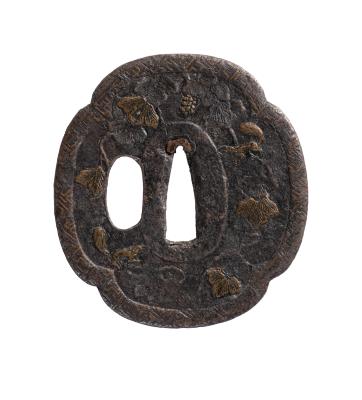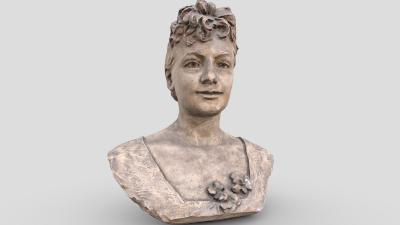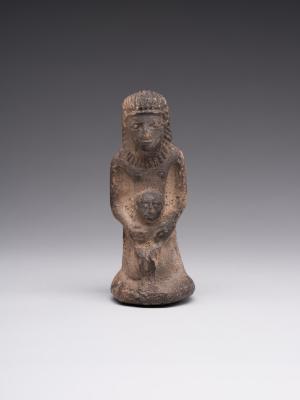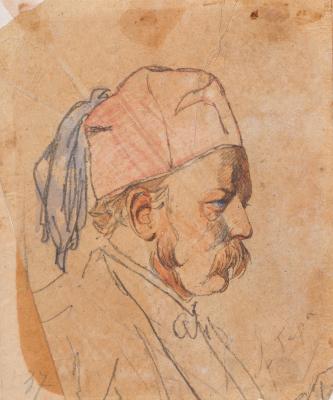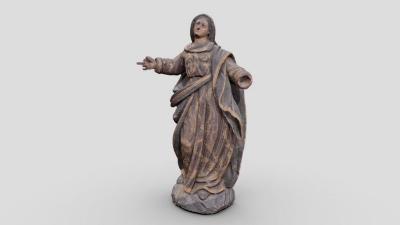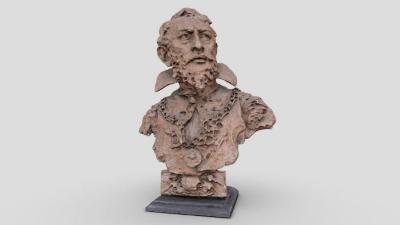The scroll depicts the legendary pair of Daoist Immortals He-He Er Xian, called the deities of harmony and marriage, the patrons of happy spouses. They are portrayed, as befits a Chinese immortals, the Xian, in traditional Chinese dress, over which they wear skirts of leaves and cheetah skin. The Immortals hold their essential accessories, a round box with a lid (a wish for unity) and a lotus flower (a symbol of harmony). These Immortals could have been prototyped by two other popular figures: the eccentric poet of the Tang dynasty (618-907) Hanshanem and his comrade Shide, who wander lonely in the vast expanse of nature, eating leftovers from the kitchen of the temple where Shide served as caretaker. Both are equally worshipped in both Daoism and Buddhism for wisdom and practice. Hanshan and Shide are always depicted as a couple, looking dishevelled, laughing and having a lighthearted look. Shide's servant is identified by a broom that can sweep away the webs of impure souls. The scroll is part of a set of 11 vertical scrolls that compose a single work depicting scenes from Chinese mythology, namely the journey of the Daoist Immortals to Xi Wang Mu.







